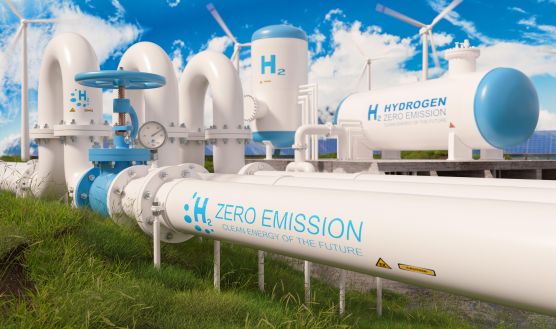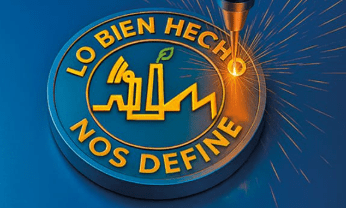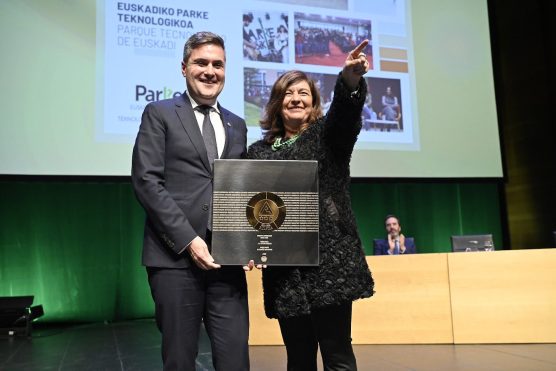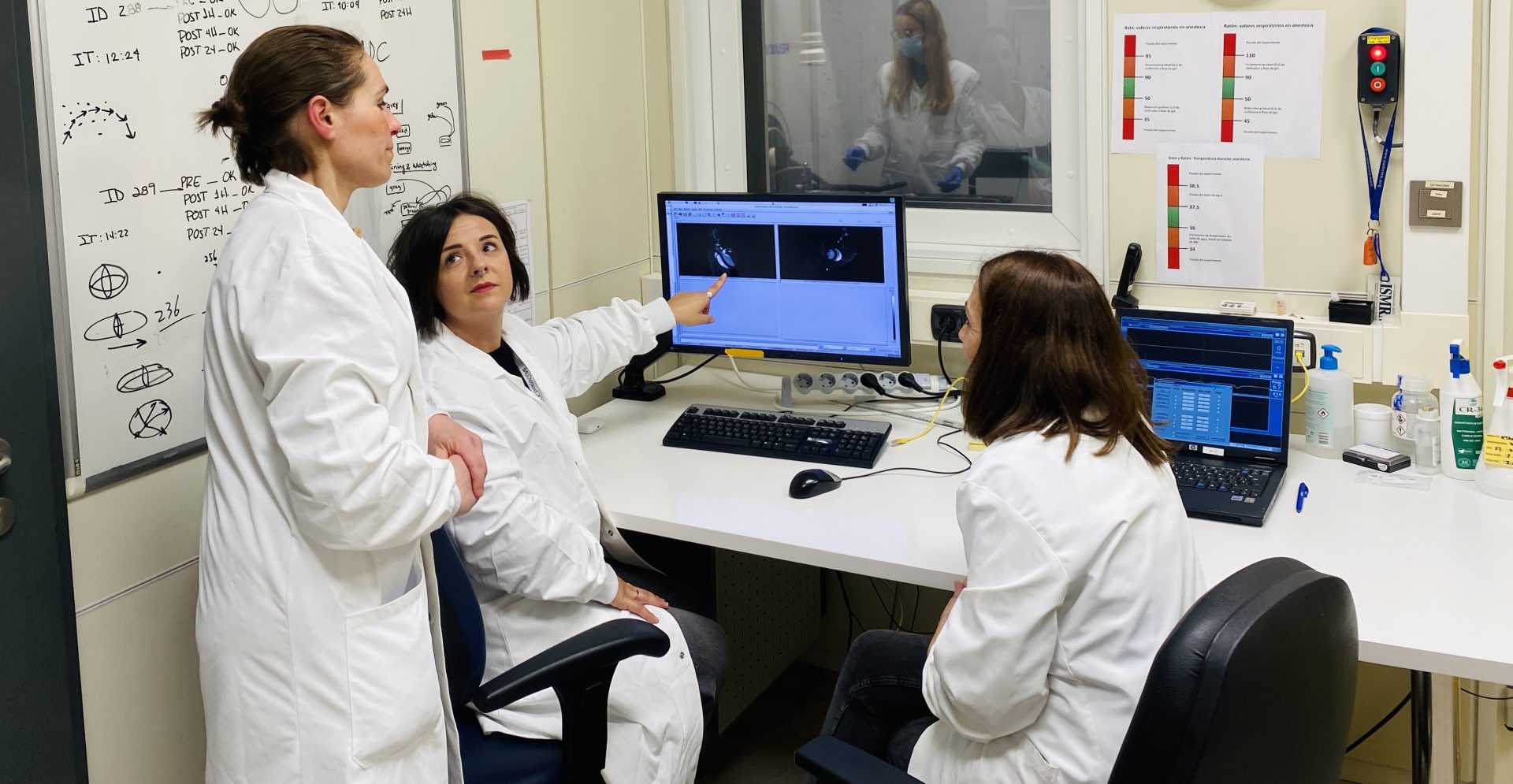Ayesa and Sener apply quantum computing to optimise hydrogen generation

They use quantum algorithms to simulate the best possible operation of each process carried out in an electrolysis plant
The technology and engineering groups Ayesa and Sener have developed a proof of concept using a quantum solution to optimise the operational simulations of electrolysis plants carried out using the SenHy digital tool developed by Sener. This solution allows all the processes involved in hydrogen generation to be simulated using quantum algorithms, from the management of the different sources of electrical energy (solar generators, purchase of energy from the grid, storage in batteries), through the operation of the electrolysis modules and their degradation management, to the adjustment of the output hydrogen flow to align it with the demand forecast.
The project is part of the digitisation objectives of the IPCEI (Important Project of Common European Interest) programme developed by Sener, aimed at improving electrolysis technologies and reducing the levelised cost of hydrogen (LCOH), For this purpose, the group has developed SenHy, an innovative operational simulation tool for electrolysis plants that integrates different electricity supply profiles into an operational simulation.
SenHy faces a significant technical challenge: solving a complex multiphysics optimisation problem every minute based on the current and potential status of energy profiles and the status of plant operating parameters. Given the limitations of traditional calculation tools, it has been necessary to simplify the model to meet response times. To speed up this process and take full advantage of the complexity of the multiphysics model, Sener has carried out a proof of concept based on a quantum computing algorithm provided by Ayesa. The result has been a success: a simplified problem has been solved with the same quality of solution in ten times less time, opening the door to simulating more complex cases and significantly improving the accuracy of the simulations.




